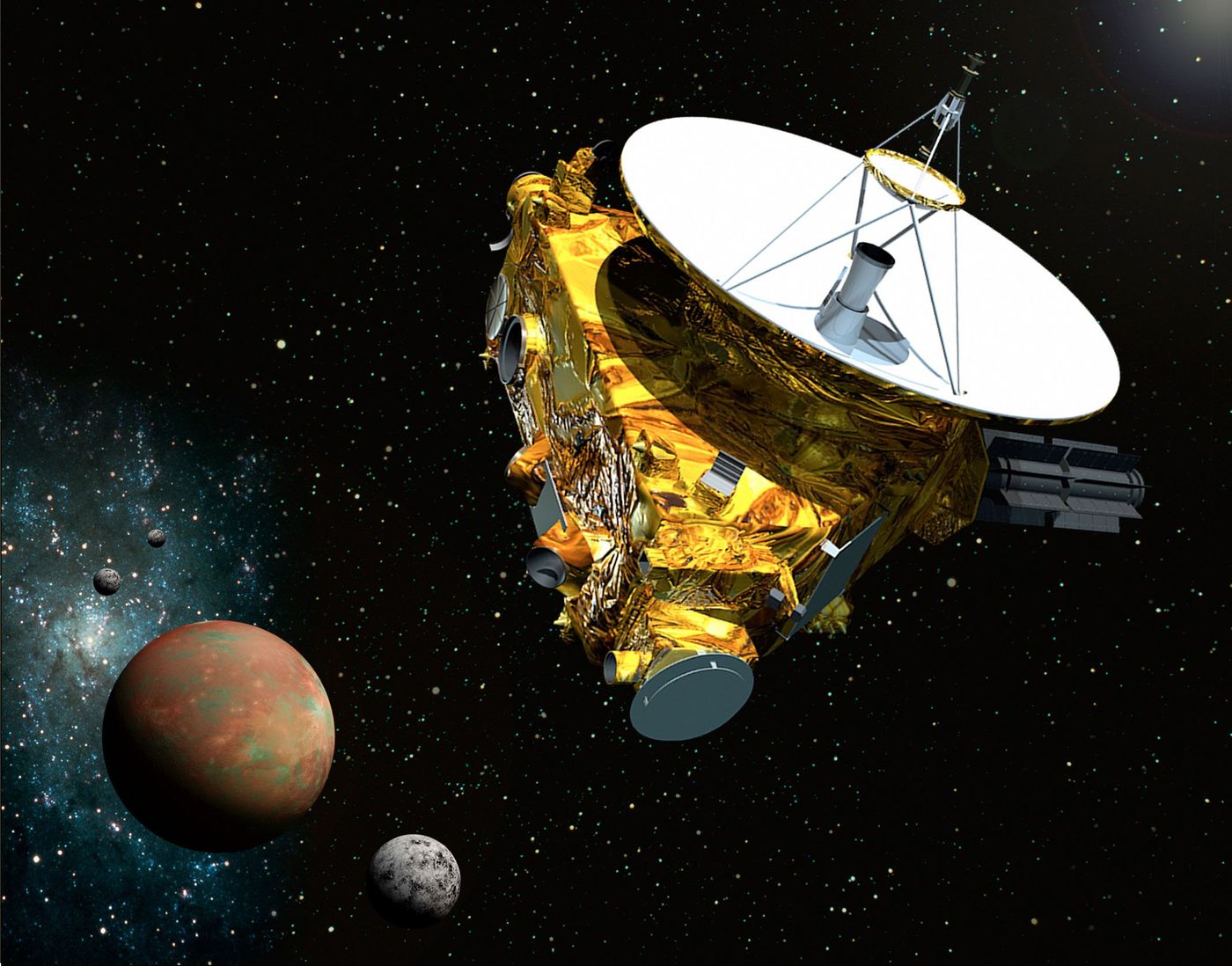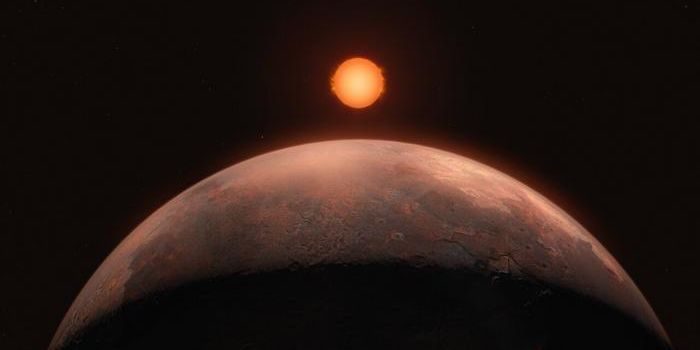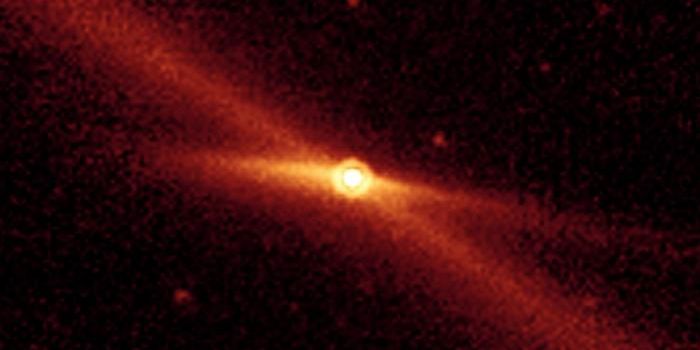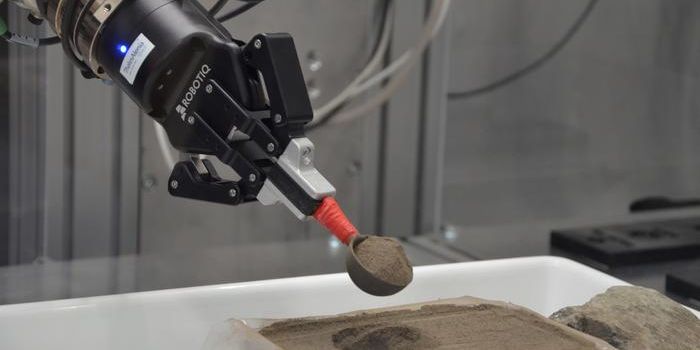NASA's New Horizons Spacecraft Begins Major Downlink of Data
NASA’s New Horizons spacecraft performed its historic flyby of the dwarf planet Pluto in July and captured the world’s clearest photograph of the planet, ever. While the spacecraft flew by the dwarf planet, however, it did so much more than just snap a single photograph; in fact, the spacecraft’s sensory equipment captured a ton of information that NASA hopes to receive soon.
Over Labor Day weekend, NASA’s New Horizons spacecraft was busy getting started transmitting data back to Earth. The spacecraft will be transmitting several tens of gigabits of data back to Earth using radio signals over the course of about a year, so it’s the start of something big.
NASA is in high hopes that all of the data New Horizons collected during its flyby will help the firm to learn more about Pluto and everything around the dwarf planet that could help provide key information about how our solar system was formed.
The data includes high-resolution images of the dwarf planet that will provide better views of the surface.
“This is what we came for—these images, spectra and other data types that are going to help us understand the origin and the evolution of the Pluto system for the first time,” said New Horizons Principal Investigator Alan Stern, of the Southwest Research Institute (SwRI) in Boulder, Colorado. “And what’s coming is not just the remaining 95 percent of the data that’s still aboard the spacecraft— it’s the best datasets, the highest-resolution images and spectra, the most important atmospheric datasets, and more. It’s a treasure trove. ”
NASA notes that although the information is travelling at the speed of light, it will take more than 4.5 hours for the signals to reach the planet Earth from the spacecraft’s current position at over 3 billion miles away.
Large antenna stations in the Deep Space Network will pick up the signals that New Horizons is transmitting. Because of the great distance between the Earth and the current position of New Horizons, data speeds will be slowed to a crawl of just 1-4 kilobits per second.
The one year wait for the data is childs-play compared to the amount of time scientists have waited for New Horizons to actually make its way out to Pluto. The spacecraft was launched in 2006 and has been moving out towards the bounds of our solar system for nine and a half years.
The spacecraft’s next target is a Kuiper Belt Object or KBO for short, known as 2014 MU69, which is yet another 1 billion miles beyond Pluto. The new mission will be proposed in 2016, likely after the information about Pluto has finished transmitting.
NASA still has tons of information to learn from New Horizons before it flies so far that we won’t be able to harness its instruments anymore.
Source: NASA









